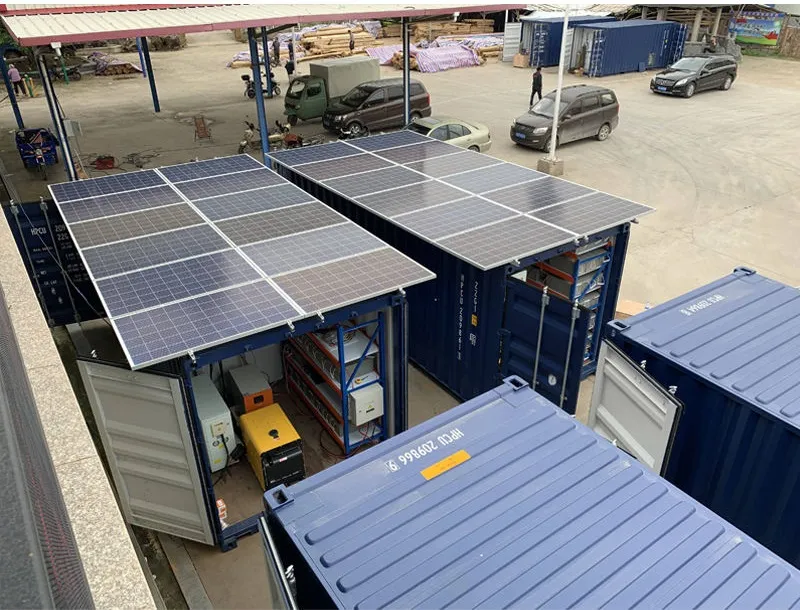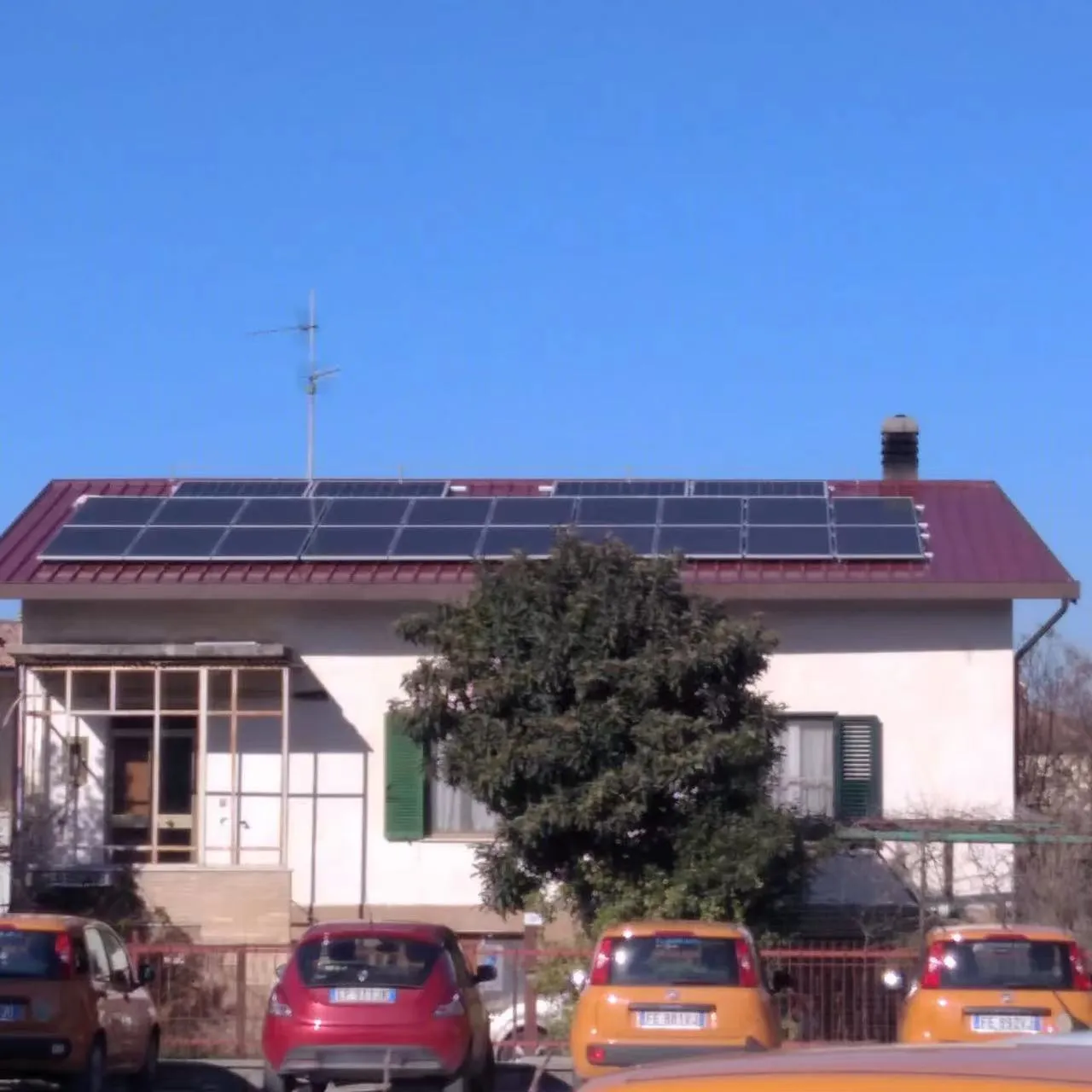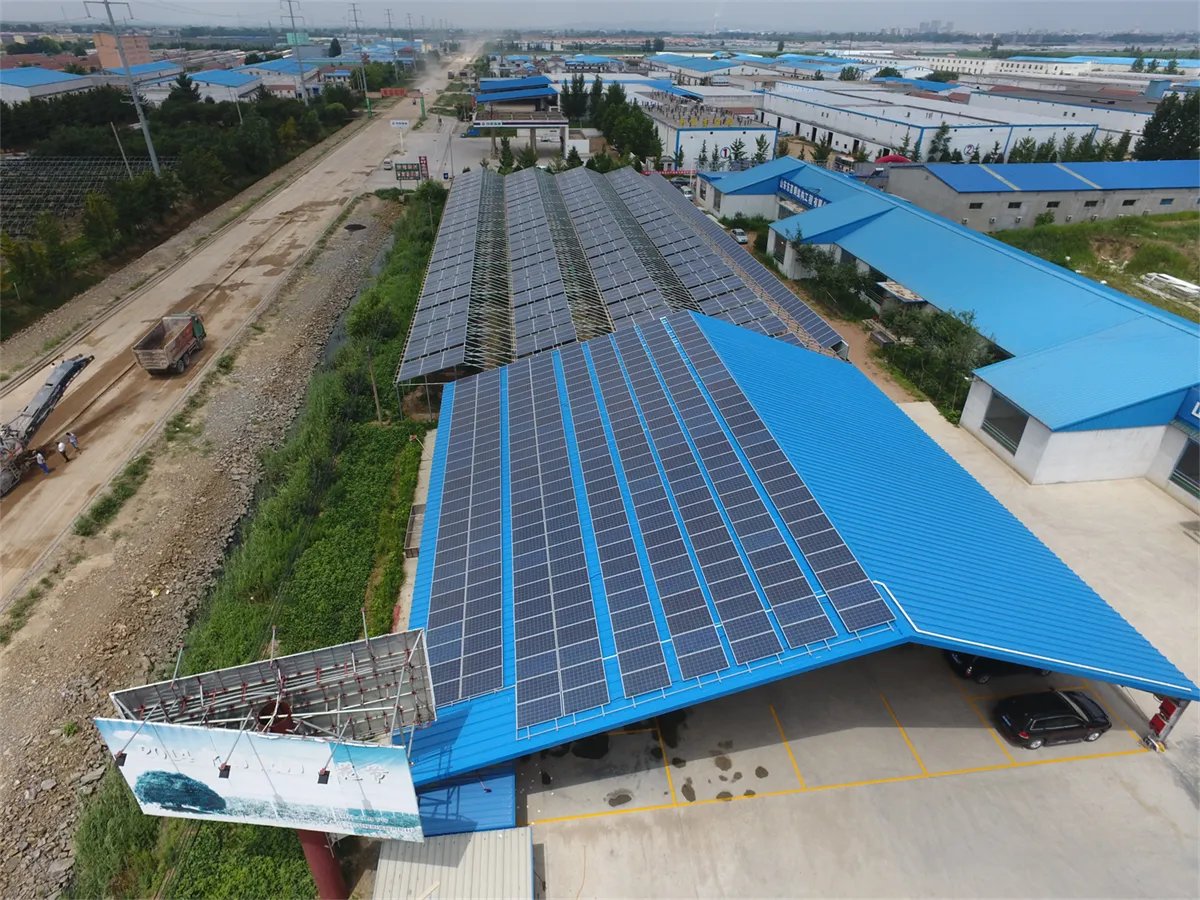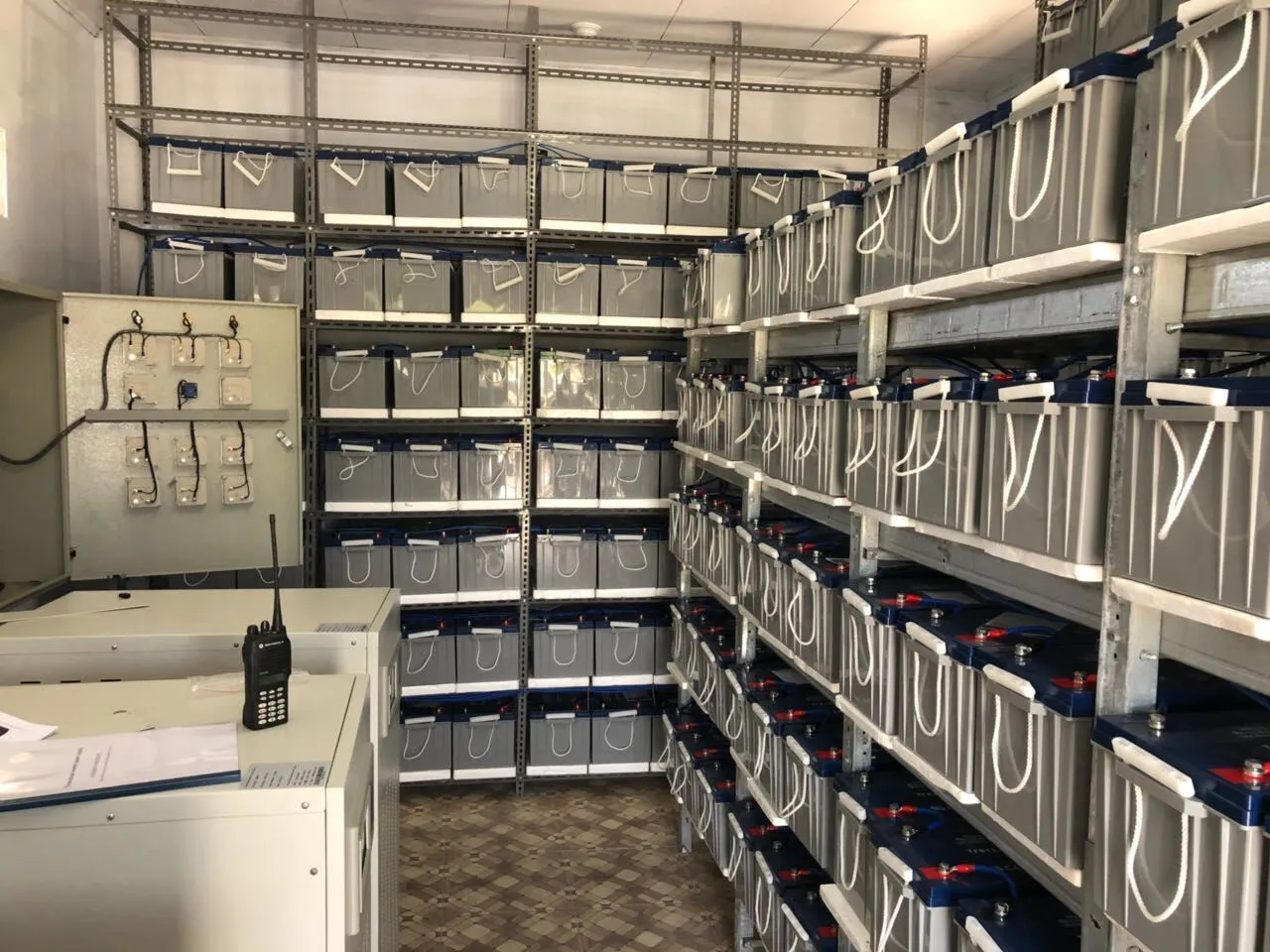
How to Clean Solar Panels Safely and Efficiently?

If you've invested in residential solar panels to power your home, you probably know they're designed to work efficiently for decades with minimal maintenance. But like anything exposed to the elements, solar panels accumulate dirt, dust, pollen, and bird droppings over time. When that happens, your energy production takes a hit - sometimes by as much as 7% or more according to studies.
Good news is that solar panel cleaning isn't something you'll need to do frequently. With smart techniques and proper timing, you can maintain peak efficiency without risking damage to your panels or yourself. This comprehensive guide covers everything from understanding when cleaning is actually necessary to step-by-step methods you can safely use yourself.
Contrary to what many assume, most solar panels are self-cleaning . Tilted installations shed debris naturally through rain and wind, with studies showing efficiency loss from normal dust averages less than 0.05%. That translates to maybe $20 yearly savings from cleaning - barely worth the effort for most homeowners.
When Cleaning Becomes Necessary
In most climates, nature handles panel maintenance surprisingly well. But specific circumstances demand intervention:
- Bird droppings accumulation (their acidity accelerates degradation)
- After nearby construction or dust storms where visible grime forms
- Living near factories, farms, or highways where air pollutants concentrate
- Seasonal pollen coatings that rainwater doesn't dissolve
- Flat panel installations that don't benefit from self-cleaning tilt
- Noticeable decline in energy output (monitor through your system's app)
Other triggers include falling leaves in autumn or after wildfires when ash settles. Even heavy snow accumulation sometimes requires removal, though snow often slides off tilted panels as it partially melts.

Preparation: Safety First & Tools Checklist
Critical Safety Reminder: Roof work is among the most dangerous home maintenance activities. 164,000 ladder-related injuries happen annually. If your panels aren't safely accessible from ground level or you're uncomfortable with heights, hire professionals.
If proceeding yourself:
- Turn off your solar system at the inverter before starting (refer to your owner's manual)
- Check weather forecasts - avoid cleaning in high winds, rain, or extreme heat
- Early morning cleaning is ideal when panels are cool to prevent thermal shock
| Essential Tools | Optional Tools | What to Avoid |
|---|---|---|
| Garden hose with spray nozzle | Solar panel cleaning kit with telescopic pole | Pressure washers (water pressure damages panels) |
| Soft-bristle brush or sponge (cellulose sponges work best) | Distilled water for hard water areas | Metal brushes or scouring pads (cause micro-scratches) |
| Mild detergent like dish soap | Squeegee with extension pole | Harsh chemicals (bleach, ammonia, undiluted vinegar) |
| Bucket for soapy water | Automatic cleaning systems for large installations | Walking on panels (cracks solar cells) |

Step-by-Step Cleaning Process
Professional installers at leading residential solar panels companies emphasize gentle cleaning: "Water alone suffices unless there's stubborn residue. Always treat panels like car paint, avoiding abrasives."
- Initial Rinse: Use hose spray to remove loose debris. Start from panel tops to prevent streaking
- Spot Cleaning: Apply soapy water (4 tablespoons dish soap per gallon) to remaining dirt using brush or sponge. Don't scrub aggressively
- Stubborn Stains: For bird droppings, apply solution and wait 3-5 minutes before gentle agitation
- Final Rinse: Thoroughly wash off all soap residue which can leave film reducing efficiency
- Drying: Ideally squeegee panels dry, especially in hard water areas. Otherwise, let sun dry naturally
Pro Tips:
• Work panel-by-panel to prevent soap drying prematurely
• Work early morning for slower drying times and easier rinsing
• For ground access, extension poles reaching 15-20 feet prevent ladder risks
• Cleaning tilted panels from below angles water upward into grime pockets

Advanced Cleaning Methods
For special situations or large installations:
Waterless Vibration Cleaners: Innovative systems using controlled sonic vibrations dislodge dirt without liquid, perfect for arid regions or drought areas. These cost more initially ($500-$2000) but save water long-term.
Robotic Cleaners: Programmable units traverse panel arrays autonomously, often using micro-fiber rollers. Most effective for commercial installations, costing $2,000-$5,000.
Electrostatic Systems: Applying positive charges to panels repels negatively charged dust particles. Still developing for residential use but promising.
Optimal Cleaning Frequency
Most homeowners clean just once yearly unless special circumstances apply. Consider increasing frequency if:
- You're in arid/semi-arid zones with infrequent rain
- Surrounded by trees shedding pollen/debris frequently
- Your roof pitch is shallow (below 15 degrees)
- Your energy monitoring shows consistent underperformance
Note: Some jurisdictions offer tax credits or rebates for professional cleaning, especially after environmental events like wildfires.
When to Call Professionals
Professional cleaning averages $15-$25 per panel ($150-$300 for typical homes). Worthwhile when:
- Panels aren't ground accessible
- Steep roof angles increase fall risk
- Large installations make DIY impractical
- Deep cleaning needed for years of accumulated grime
- You notice system performance issues indicating potential repairs needed
Many companies combine inspection services with cleaning packages, potentially identifying failing components during maintenance.
Frequently Asked Questions
Can I just hose down solar panels without scrubbing?
Usually yes! Rainfall provides adequate cleaning for most debris. Only stubborn residue like dried bird droppings requires gentle scrubbing.
Is Dawn dish soap safe for solar panels?
Dawn is ideal because it removes oils without harsh chemicals. Always rinse thoroughly afterward as any soap residue impacts efficiency.
What about using vinegar as a cleaning solution?
Diluted vinegar solutions are acceptable but unnecessary. Vinegar's acidity (pH≈2.5) requires thorough rinsing to prevent panel corrosion.
Does hard water damage solar panels?
Hard water minerals leave chalky residues. Use distilled water or squeegee completely dry after washing to prevent white spotting.
How long does solar panel cleaning take?
Expect 1-2 hours for average home installations when doing properly. Rushing creates streaks and residue issues.
Never Pressure Wash
panels despite online "hacks." A National Renewable Energy Laboratory study confirms high-pressure water:
• Breaks panel seals causing water ingress
• Scratches anti-reflective coatings
• Warranty voidance in most cases
Maximizing Efficiency Between Cleanings
Beyond physical cleaning, ensure maximum output through:
- Trimming overhanging branches to reduce debris accumulation
- Annual system performance checks using monitoring apps
- Snow removal using soft roof rakes (never metal edges)
- Installing bird deterrents if droppings become problematic
Understanding the Efficiency Impact
Research by the University of California San Diego tested dust impact on panel efficiency. Key findings:
• Light dust layers cause negligible efficiency losses (<0.05%)
• Heavy soiling like clay sediment reduces output by 8.7%
• Bird dropping coverage reduced efficiency up to 29.9%!
This shows strategic cleaning targeting problem areas delivers better returns than whole-array frequent cleaning. Focus first on panels near trees or under rooflines where debris concentrates.
Did You Know?
Clean panels also prevent "hot spots" - areas overheating from dirt blocking cells. Hot spots cause permanent damage shortening panel lifespan. Proper maintenance protects your investment.
Environmental Considerations
Eco-conscious cleaning matters:
- Collect runoff water when using cleaning solutions to prevent soap entering ecosystems
- Use biodegradable cleaners like plant-based detergents
- Minimize water usage by using bucket washing rather than continuous hose flow
- Schedule cleanings before rain so nature handles final rinsing
By following these guidelines, your residential solar panels will maintain peak performance for decades. Remember, less is often more - let gentle approaches and nature do most maintenance work. Happy energy harvesting!
Tags:
Recommend Products











